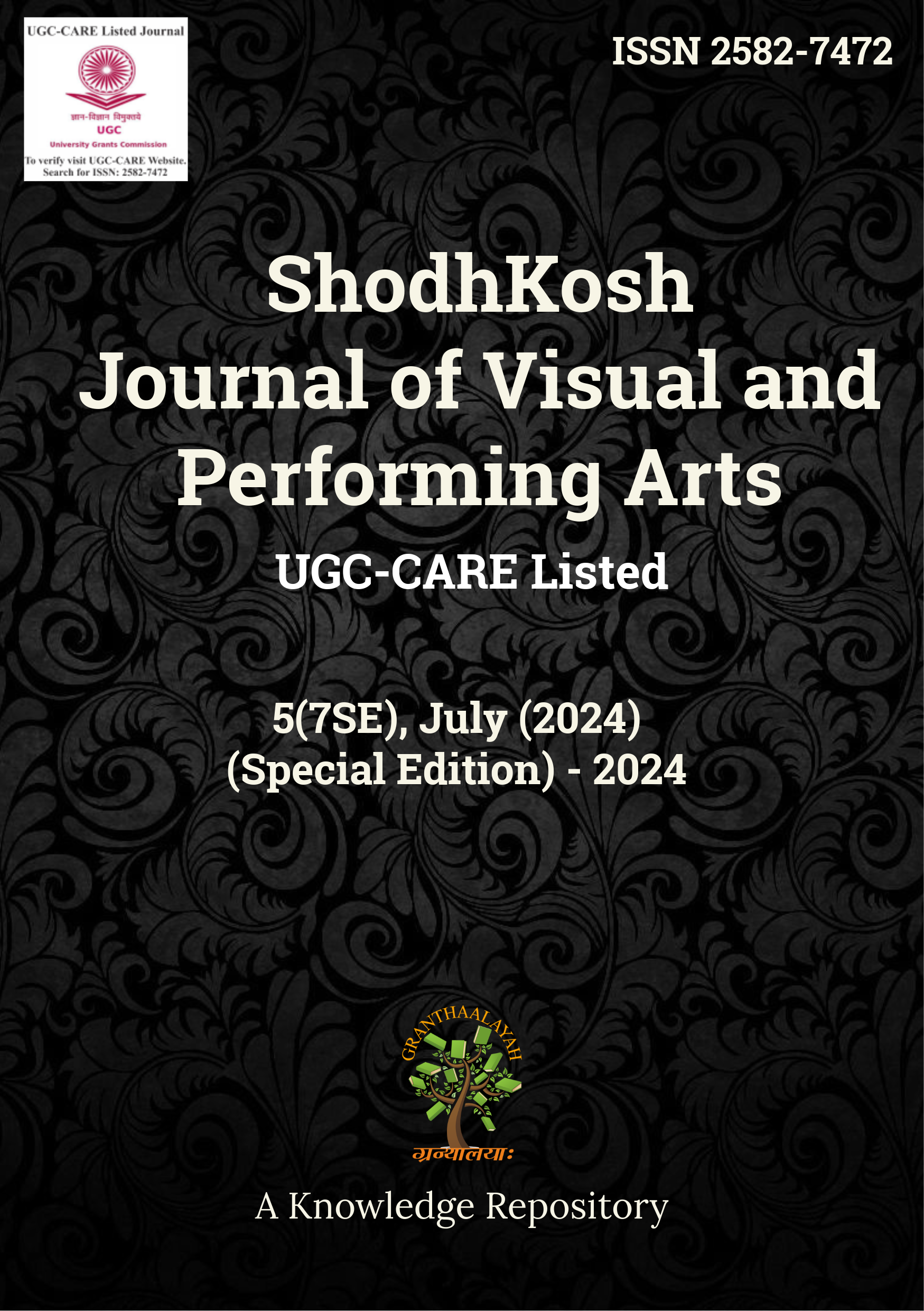BIOMECHANICS IN SPORTS: PERFORMANCE ENHANCEMENT AND INJURY PREVENTION
DOI:
https://doi.org/10.29121/shodhkosh.v5.i7SE.2024.5838Keywords:
Physiology, Motion, Acceleration, Equilibrium, Velocity, Performance, Injury, RehabilitationAbstract [English]
Sports biomechanics, a significant element in sports, influences a player's performance and injury rate. Enhancing the performance of players without injuries is the primary goal of sports biomechanics. Sport biomechanics covers physiology, kinesiology, and physics in order to prevent injuries.
References
www.physio-pedia.com/Biomechanics_in_Sports.
Wolfgang Baumann (1989). Grundlagender Biomechanik. VerlagKarl Hofman. ISBN3-7780- 8141-1.
David A. Winter (2004). Biomechanics and motor control of human movement. Wiley.ISBN0- 471-44989-X.
Barham, J. N. (1978). Mechanical kinesiology II. St. Louis, MO: Mosby. Bobbert, M.F., Huijing, P. A., & IngenSchenau, G. J. van (1987). Drop jumping: I. The influence of jumping technique on the biomechanics of jumping. Medicine and Science in Sports and Exercise, 19, 332-338. DOI: https://doi.org/10.1249/00005768-198708000-00003
Bobbert, M. F., MacKay, M., Schinkelshoek, D., Huijing, P. A., & IngenSchenau, G. J. van (1986). A biomechanical analysis of drop and counter movement jumps. European Journal of Applied Physiology, 54, 566-573. DOI: https://doi.org/10.1007/BF00943342
Miller, D. I., &Nelson, R. C.(1973). Biomechanics of sport. A research approach.Philadelphia:
Lea & Febiger. Schweizer, L. (1987). The three-dimensional film analysis at the Institute for Sports and Sport Science Freiburg. Unpublished manuscript.
Kibele, Armin. (1998). Possibilities and Limitations in the Biomechanical Analysis of Counter movement Jumps: A Methodological Study. Journal of Applied Biomechanics.14.105-117. 10.1123/jab.14.1.105. DOI: https://doi.org/10.1123/jab.14.1.105
Downloads
Published
How to Cite
Issue
Section
License
Copyright (c) 2024 Rushikesh Chandrakant Kumbhar, Dr. Santosh Wangujare

This work is licensed under a Creative Commons Attribution 4.0 International License.
With the licence CC-BY, authors retain the copyright, allowing anyone to download, reuse, re-print, modify, distribute, and/or copy their contribution. The work must be properly attributed to its author.
It is not necessary to ask for further permission from the author or journal board.
This journal provides immediate open access to its content on the principle that making research freely available to the public supports a greater global exchange of knowledge.































